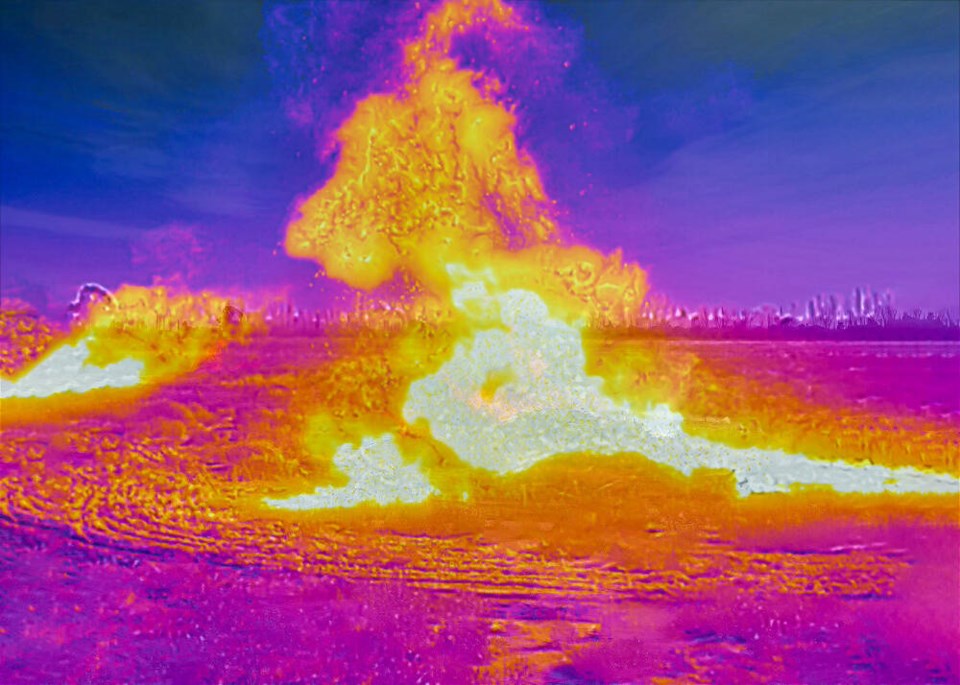Port Coquitlam Fire and Emergency Services now have an “eye in the sky” to safely fight fires, rescue people and handle hazardous materials.
Two new drones with thermal imaging capabilities have been purchased and training is being provided, thanks to a $30,000 grant from the Union of British Columbia Municipalities (UBCM).
Five firefighters have already been trained to Transport Canada standards, with two more to be trained as pilots by the end of the year.
The new aerial technology — believed to be a first for a Tri-City fire department — will be used to assist crews on the job in what could be a risky situation, according to Walt Warner, PoCo’s assistant fire chief of training and development.
Warner said aerial images from the drones will help incident commanders keep track of firefighters who are working out of their sight lines.
The drone's thermal imaging camera can be used to identify hot spots or ignition sources in structure fires.
“It is really all about a safer way for us to perform our duties to better able to protect our firefighters and serve our community,” Warner told the Tri-City News.
Trying to get close to a fire to put out hot spots can be dangerous — now a drone can be used to provide the information.
“They will be used to provide that situational awareness to our incident commanders very quickly,” Warner said.
Warner said two DJI Mavic 3T drones have been purchased and will be used in various scenarios.
In addition to fighting fires, the drones will be used to identify hazardous materials from a safe distance
Thermal imaging can also be used to find people in search and rescue operations using their heat signature, especially in situations where the individual is hurt or non-verbal.
Warner said the DJI Mavic 3T will also help in hazardous material situations to scope out the problem before sending someone in to deal with it.
“We can launch the drone from a safe distance, take a picture of it, see the identification on the container and properly size up our response with that information, avoiding potentially putting firefighters in harms way."
The UBCM grant also provides funding for the development of planning exercise scenarios to improve staff preparedness to operate in the city’s Emergency Operations Centre (EOC).
Information and feedback will be gathered during training sessions to refine city emergency plans and boost overall operational readiness.
Port Coquitlam Fire is the first fire service in the Tri-Cities to be appropriately licensed by Transport Canada for drone use in fire operations, according to the city.




